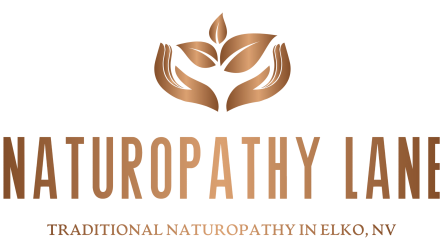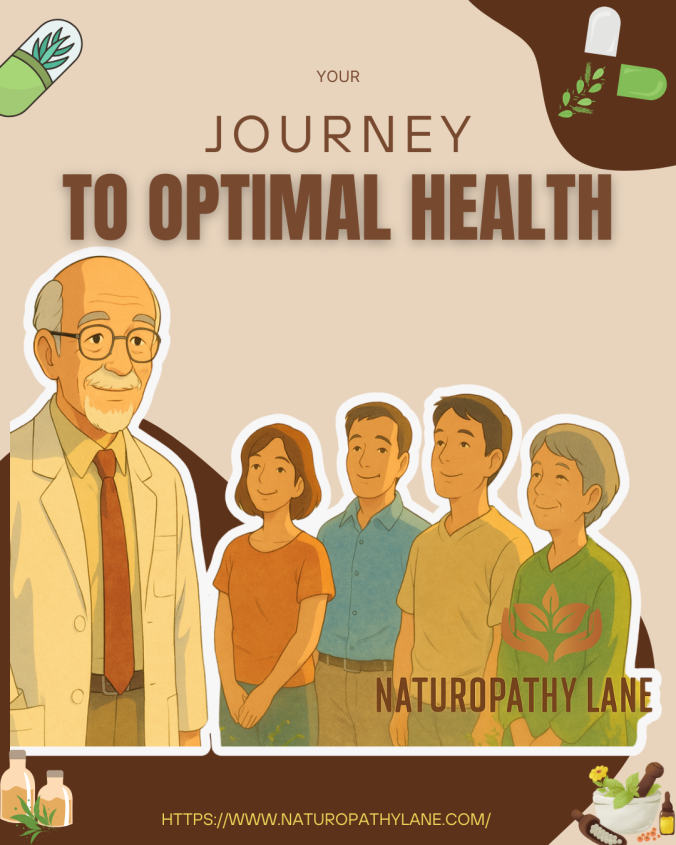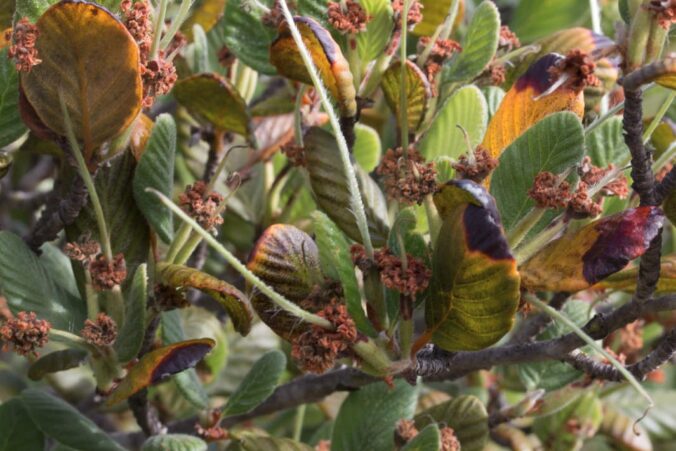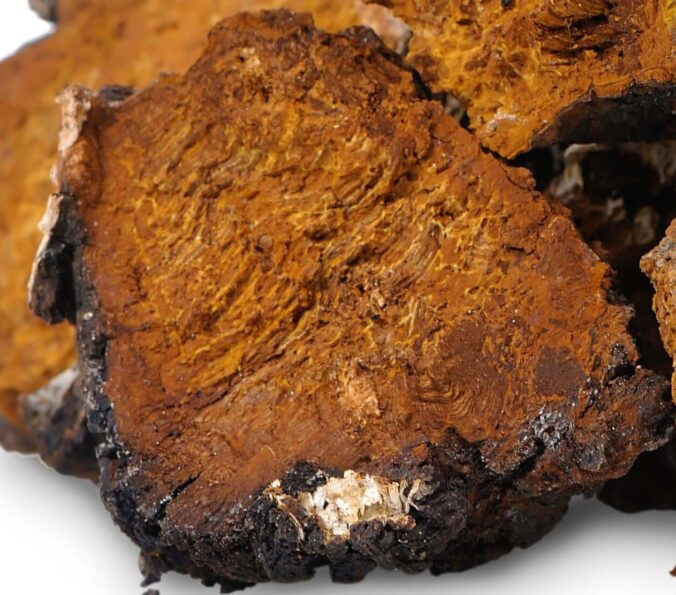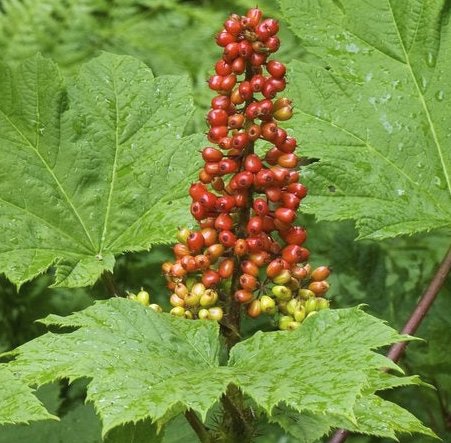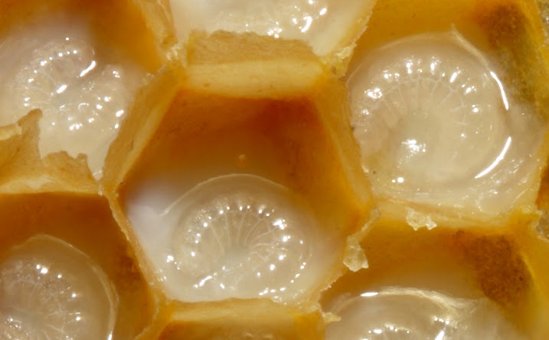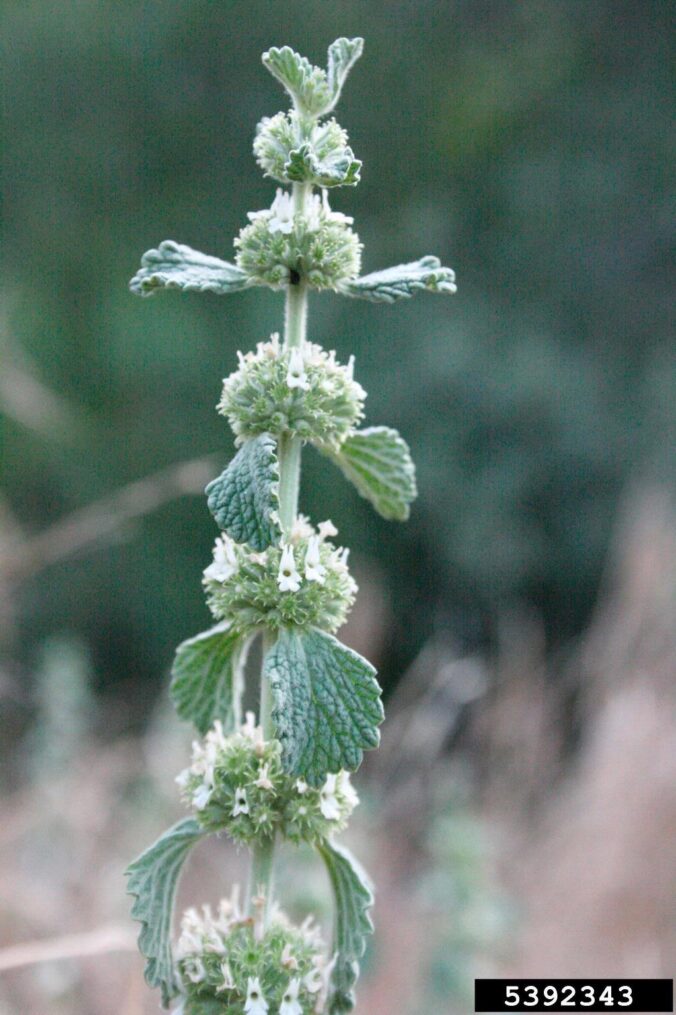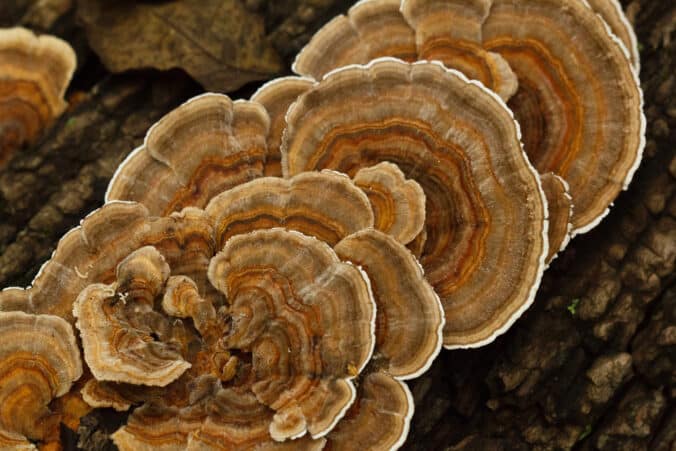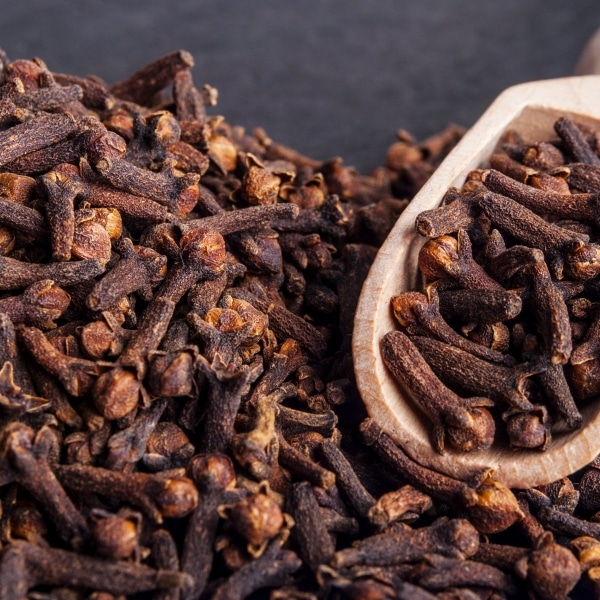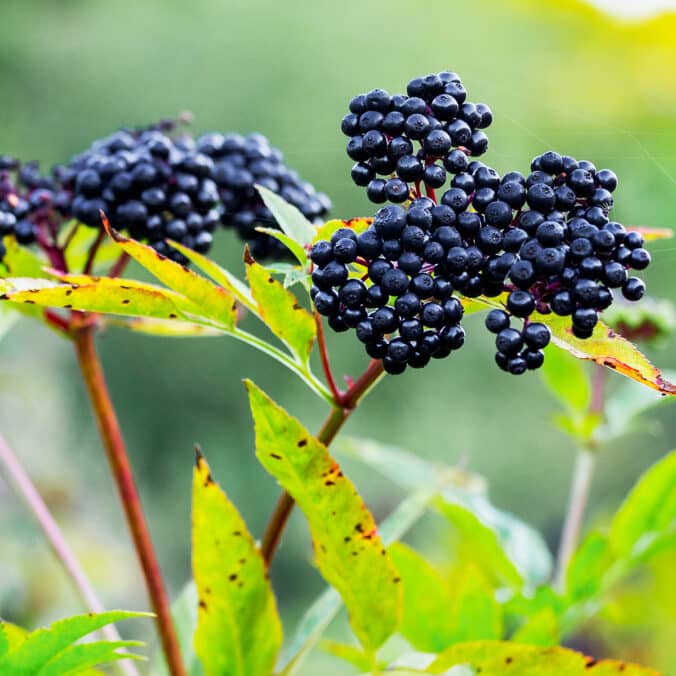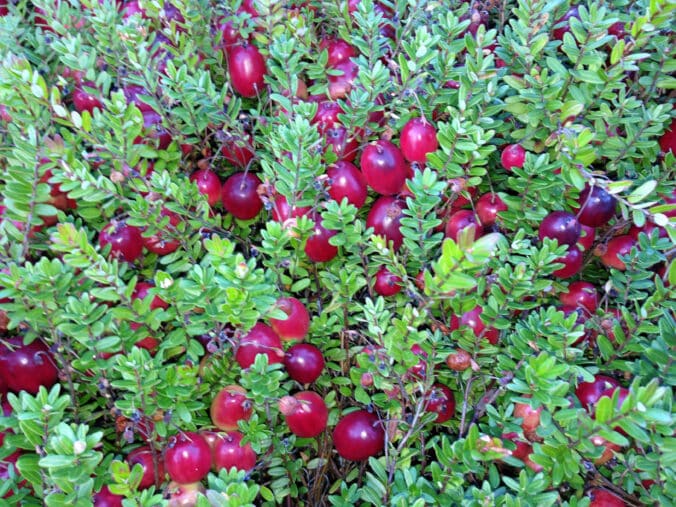Life Root, also known as Sarsparilla or Smilax, is a popular herb in traditional medicine practices. It belongs to the family Araceae and is native to the tropical regions of South America, Central America, and parts of Africa. The root of the plant is used for medicinal purposes, while the leaves are often used for making baskets and other crafts. Life Root may be taken in various forms, including capsules, tablets, tinctures, and teas. It is commonly used to support overall health and well-being, as it may have benefits for the immune system, inflammation response, digestive function, and cardiovascular system.
Active Constituents: Life Root contains several active constituents that have therapeutic properties. Sarsaparillin: This compound has anti-inflammatory, immune-boosting, and antioxidant properties.
Life Root contains Sarsaparillin has been shown to stimulate and regulate the immune system by increasing the production of white blood cells, which are responsible for fighting off infections and illnesses. By supporting the immune system, Sarsaparillin can help keep the body healthy and protected from disease. Sarsaparillin has anti-inflammatory properties that may help reduce inflammation throughout the body. This is particularly beneficial for conditions like arthritis, asthma, and allergies, where chronic inflammation can cause pain, discomfort, and other symptoms. By reducing inflammation, Sarsaparillin can help promote overall health and well-being.Sarsaparillin may also support healthy digestion by promoting the growth of beneficial gut bacteria and improving nutrient absorption. This is important for maintaining a healthy digestive system and preventing issues like constipation, bloating, and acid reflux. The compounds in Sarsaparillin have been shown to help improve heart health by reducing blood pressure and inflammation, as well as strengthening the cardiovascular system. This is important for maintaining a healthy cardiovascular system and preventing conditions like heart disease and stroke.
Smilacin: This compound is a steroidal glycoside that has been shown to have anti-inflammatory effects, particularly in the respiratory system.Smilacin is known for its potential to reduce inflammation in the respiratory system. This is particularly beneficial for individuals with asthma or other respiratory conditions, where chronic inflammation can cause symptoms like shortness of breath, wheezing, and coughing. By reducing inflammation in the lungs and airways, Smilacin may help improve breathing and overall lung function. While there is limited research on Smilacin’s impact on the immune system, some studies suggest that it may have immunostimulatory properties that can help support the body’s natural defenses against infection and disease. By promoting a healthy immune system, Smilacin may help keep the body protected from illness. Smilacin has been shown to have anti-inflammatory effects throughout the body, which may be beneficial for conditions like arthritis and inflammatory bowel disease (IBD). By reducing inflammation, Smilacin may help promote overall health and well-being. While there is limited research on Smilacin’s impact on the digestive system, some studies suggest that it may have a positive effect on gut health by promoting healthy gut bacteria and improving nutrient absorption. This is important for maintaining a healthy digestive system and preventing issues like constipation, bloating, and acid reflux.
Withaferin A: This compound has been studied for its potential cancer-fighting properties and its ability to inhibit the growth of certain types of tumors. Withaferin A has been shown to have a potential anti-cancer effect by inhibiting the growth of certain types of tumors. It may do this by blocking the growth of new blood vessels, which are necessary for the growth and survival of cancer cells. By preventing the formation of new blood vessels, Withaferin A may help slow down or even stop the growth of cancer cells. Withaferin A also has anti-inflammatory properties that may help reduce inflammation throughout the body. This is important for maintaining overall health and well-being, as chronic inflammation can contribute to a variety of health issues, including cancer, heart disease, and autoimmune disorders. While there is limited research on Withaferin A’s impact on the immune system, some studies suggest that it may have immunostimulatory properties that can help support the body’s natural defenses against infection and disease. By promoting a healthy immune system, Withaferin A may help keep the body protected from illness. Withaferin A has been shown to have potential benefits for cardiovascular health by reducing blood pressure and inflammation, as well as improving heart function. This is important for maintaining a healthy cardiovascular system and preventing conditions like heart disease and stroke.
Contraindications:
While Life Root is generally considered safe when taken in appropriate amounts, it may cause side effects such as nausea, vomiting, and diarrhea. It should not be taken by pregnant or breastfeeding women, or by individuals with kidney or liver disease. Additionally, Life Root may interact with certain medications, so it is important to consult with a qualified healthcare professional before taking it.
Life Root is a versatile and powerful herb that can offer numerous health benefits when used properly. With its active constituents, Sarsaparillin and Smilacin, it may have an impact on several biochemical pathways in the body by supporting the immune system, reducing inflammation, promoting healthy digestion, and improving overall cardiovascular function. Additionally, Withaferin A has been studied for its potential cancer-fighting properties and other health benefits. As with any natural health product, it is important to consult with a qualified healthcare professional before taking Life Root, especially if you have any pre-existing medical conditions or are taking any medications.
